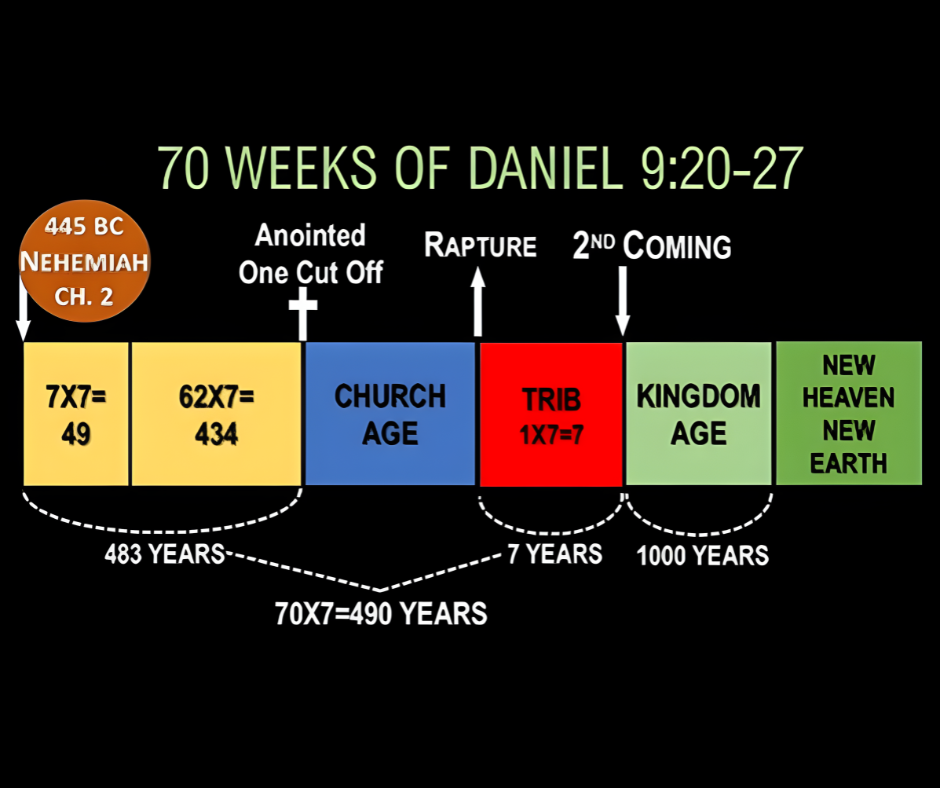Discovery of a Small Fragment is a Big Deal
- Pastor Phil Newby
- Oct 24
- 2 min read
Updated: Nov 27

Headlines:
“Biblical Tax Notice: 1st-ever Assyrian inscription found near Jerusalem’s Temple Mount” – The Times of Israel Oct. 22, 2025
“Correspondence between Assyrian empire and King of Judah uncovered in Jerusalem” – Jewish News, Britain’s Biggest Jewish Newspaper Oct. 22, 2025
One of the criticisms of the Bible is that there is little archaeological or historical evidence outside the Bible that confirms major biblical events. One of the doctrines that Christians hold dear is that of the inerrancy of the Bible, which simply means that the Bible is without error. This would include any mention of historical information. If the Bible records historical error, then all that it says, even about salvation, becomes suspect. That is why it is a big deal when the Bible, archeology, and history all intersect providing evidence of the accuracy and reliability of the Bible.
In 2 Kings 18:13-14 we read about King Hezekiah of Judah and his dealings with the Assyrian King Sennacherib (pronounced “suh NAK uh rib,” my memory aid is to remember “snackin’ on ribs”).
What was recently discovered from the edge of Jerusalem’s drainage canal was a small fragment of “a tax notice from the Assyrian emperor to the Judaean King, echoing the biblical description of how the powerful empire had turned Judah into a vassal kingdom after destroying the bordering Kingdom of Israel.” (The Times of Israel).
This discovery connects the story of King Hezekiah through archeology to history. Because of this, when 2 Kings goes on to say that an angel of the Lord struck down 185,000 Assyrians as an answer to Hezekiah’s prayer to God to save them from the evil King Sennacherib who mocks the Living God, we have confidence that this isn’t some myth, but is a miracle wrapped in historical fact. You can say the same for the resurrection of Jesus – a miracle wrapped in historical fact. Now that is big deal.
Pastor Phil Newby




Comments